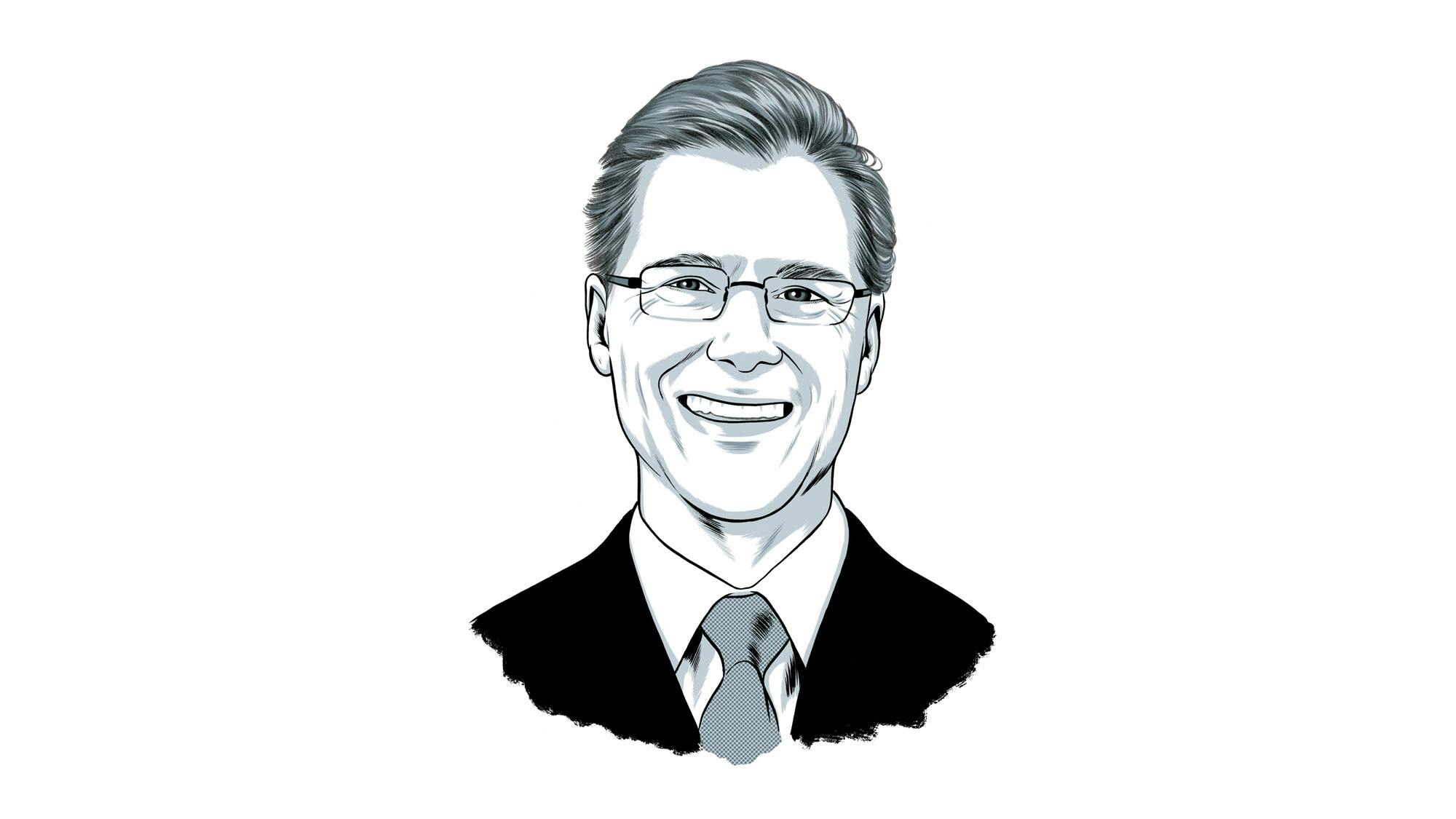Over the last few years I have reflected on SPU’s founding, trying to understand the mindset that motivated our founders to build a university from scratch.
 Our founders were visionary. They believed opening a Christian school could change not only Seattle, but also the world.
Our founders were visionary. They believed opening a Christian school could change not only Seattle, but also the world.
I’m convinced their resolve developed from a response rooted in their personal calling — they believed God had called them to pursue a mission, and founding SPU was an expression and advancement of that call.
The word response is infused with motivation, spirit, and drive. When we respond to questions, situations, or concerns in our life, there is often an internal, motivating incentive to pursue the objective articulated in that response.
Now, 127 years after our founding, Seattle Pacific continues to respond so that our mission might be fulfilled. The very name of this magazine, Response, carries forward this idea. We chose this name in 1975 to reflect our mission and educational pursuits. As we noted in the first issue published under the new name, it was chosen to represent “a reply, an answer … a reaction to a stimulus.”
This idea of responding frames the essence of our educational mission to learn, explore, and uncover truth.
This idea of responding frames the essence of our educational mission to learn, explore, and uncover truth, ideas, and understanding. Responses occur and are formed daily across our campus in conversation with the world around us, with classroom lessons, and with extracurricular events. They grow in the structured and unstructured moments of life together as faculty and staff invest in the lives and futures of our students.
Just as our founders responded to a calling to create Seattle Pacific, our faculty and staff daily respond to their own vocational calls and, more broadly, to the call of an institution whose purpose goes beyond a purely educational mission. Together we challenge our students to understand how things are supposed to be in this world, and to personally respond by acting with purpose to make it a better place.
Our Seattle surroundings offer amazing opportunities, including work experiences with innovative nonprofits and unmatched access to cutting-edge industries. The city also highlights structural and individual inequality, exacerbated by socioeconomic status, race and ethnicity, and geographic location.

Time and again, our students and alumni have responded to their surroundings, in Seattle and elsewhere, by recognizing the gaps, inequities, and needs of our world, imagining how life could or should be, and working toward that end. Our community fosters graduates who seek change that brings shalom, human flourishing, and harmony.
Last spring, I was particularly impressed with Andrea Diaz, a student who partnered with the campus club Latinos Unidos to respond to continued needs in Puerto Rico following Hurricane Maria’s devastation.
Students like Andrea remind me of the many ways our students and alumni respond to challenges and opportunities by applying their knowledge and passion to make this world a better place. These students and alumni, aided in their endeavors by our faculty and staff, give me hope for the future. Seattle Pacific University is, and will continue to be, a place where our founders’ response to God’s call grows and flourishes.
This article originally appeared on page 4 of the autumn 2018 issue of Response with the headline, “Grounded in heritage, reframing our future.”




